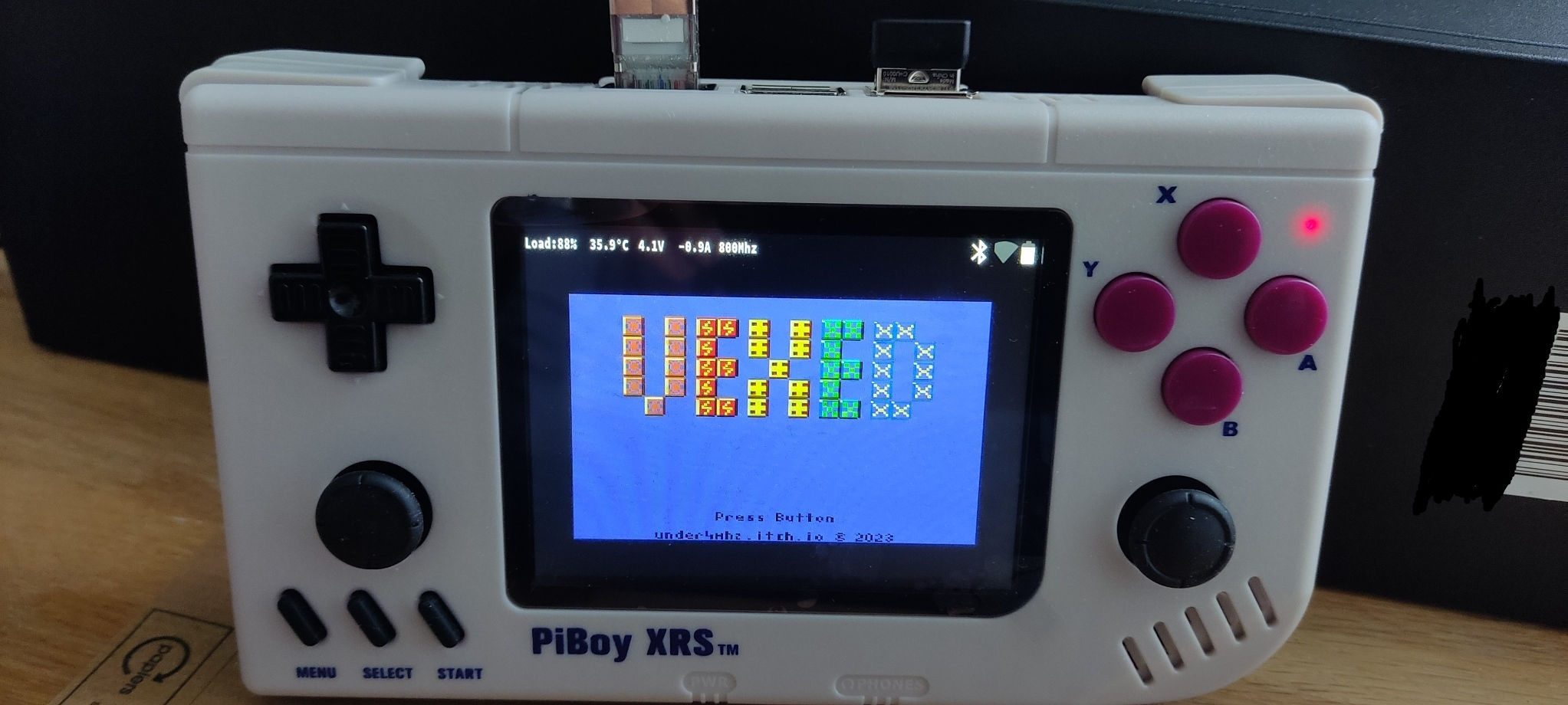Due to compatibility problems between the Amstrad Plus ASIC memory mapping and existing memory expansions, PulkoMandy has designed its own : Gemini.
This is a 1 Mb expansion with a switch to force it to 512K (in case you hit compatibility problems with something). Unlike other RAM expansions, it tracks the status of the ASIC to avoid conflicts if software attempts to map both the ASIC and expanded memory to the same address. At the moment the only software known to hit this situation is the Soundtracker DMA. But let us know if you find (or make) more :)
More info on Gemini's PulkoMandy web page.
Compatibility chart :
- Amstrad Plus (464 or 6128) : this card is for you
- GX4000 : why not, if you have soldered an expansion port
- CPC 6128 : this will work, unless software tries to unlock and map the ASIC. If there is enough demand, I can make a modified (and simpler) version of the Gemini for CPC 6128
- CPC 464 and 664: this will not work. Do not use this card on 464 and 664 machines. Since he doesn't own one of these, he doesn't plan to make a version of the card for them.
Availability : for now PulkoMandy has built a very small batch of 3 cards, and all 3 are already sold (someone really wanted to own the one with serial number 0). But he will build more (parts are on the way) and he will take preorder to know how much I need to build.
The price is 35 € including worldwide shipping. Reduced price if you come to my home to get it, or if you buy it from me during a meeting or demoparty (but tell him beforehand, so he knows how many he should bring).
